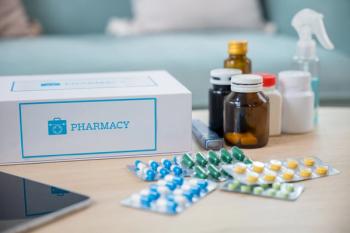
JD Power released its 2025 US Pharmacy Study detailing customer satisfaction with brick-and-mortar, mail order, supermarket, and mass-market retail pharmacies.

JD Power released its 2025 US Pharmacy Study detailing customer satisfaction with brick-and-mortar, mail order, supermarket, and mass-market retail pharmacies.

Researchers explore factors influencing pharmacists' willingness to provide medication takeback services, highlighting the need for improved disposal practices and education.

Community pharmacists embrace mental health interventions to combat depression and anxiety in long-term condition patients, enhancing overall care and accessibility.
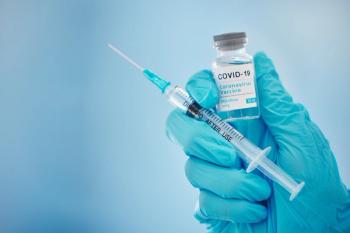
The 2024-2025 updated COVID-19 vaccine containing the Omicron JN.1 lineage did not increase the risk of 29 adverse events of special interest.

With expertise into the growing issue of pharmacy deserts, Michael Murphy, PharmD, MBA, discussed exactly what patients are losing when their community no longer has pharmacy access.
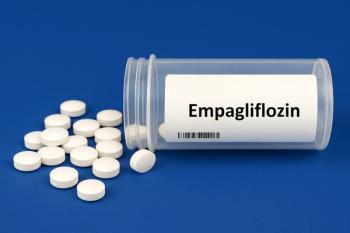
Among patients with cirrhosis receiving diuretic therapy, researchers explore the association between SGLT-2 inhibitors and the risk of serious liver outcomes.

Michael Murphy, PharmD, MBA, joined Drug Topics to present his ideas for correcting the growing issue of pharmacy deserts and unprecedented closures across the country.

Kristen Jones, PharmD, discusses leadership strategies in pharmacy management that prioritize emotional intelligence and communication for enhanced team performance and patient care.
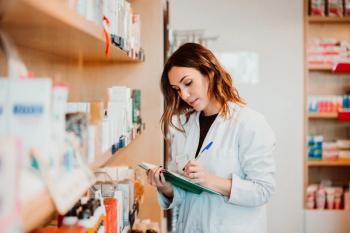
Pharmacy professionals evolve into strategic leaders, mastering emotional intelligence and management skills to navigate complex workplace dynamics and enhance patient care.

Kristen Jones, PharmD, discusses challenging traditional workplace paradigms by emphasizing the human element in pharmaceutical operations.

The pharmacy profession is being reshaped by new roles, shifting expectations, and increasing pressure on workplace conditions.
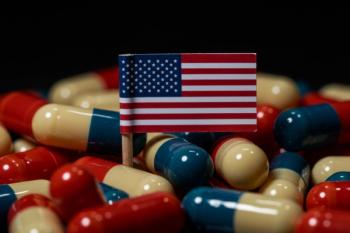
Senators Warner and Thune reintroduced the ECAPS legislation improving both seniors’ access to care and pharmacists’ ability to get reimbursed for clinical services.
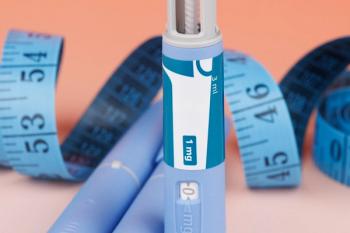
Researchers explored how the GLP-1 medications semaglutide and tirzepatide impact incidence rates in a variety of health-related outcomes.

Kristen Jones, PharmD, discusses pharmacists as leaders at McKesson ideaShare 2025.

A study found that the MyMenoplan website significantly improved users’ menopause knowledge, treatment awareness, and decision-making confidence.

Secretary of US Health and Human Services Robert F. Kennedy Jr also approved all recommendations issued from the April ACIP meeting.

With the company’s dedication to providing crucial data for pharmacy stakeholders, IQVIA’s Lead Research Director Michael Kleinrock discussed the current trends in patients’ medication use.

LEO Pharma’s topical medication was shown to be safe and effective in adult patients with moderate-to-severe hand eczema.

The risk of untreated depression for pregnant women can cause adverse outcomes, which can include relapse in mood symptoms, suicide, and overdose death.

Women with premature ovarian insufficiency experience a high prevalence of depressive symptoms, highlighting the need for comprehensive, multidisciplinary care.

This episode introduces the hosts and explores key legal issues facing independent pharmacies, including PBM terminations and state board compliance.

Amid uncertainty about the best factors for measuring and defining pharmacy deserts, researchers explored the impacts of drive time and inequities in pharmacy access.

Pharmacists can improve insulin safety and adherence by combining in-person counseling with practical tools, regular check-ins, and proactive education.

Michael Murphy, PharmD, MBA, provided insights on his research regarding pharmacy deserts, who they impact the most, and the methods needed to improve them in the US.

Addressing harassment, strengthening leadership, and involving frontline pharmacy staff in decision-making are key steps toward a healthier, more supportive work environment.

Flu vaccination significantly reduces illness in vaccinated and unvaccinated individuals, highlighting its importance in public health strategies.

From 2008 to 2023, the relative increase of pediatric patients with obesity classes 4 to 5 was 253.1%.

With an emphasis on the factors that differentiate the future roles of pharmacists, researchers sought to better understand the career intentions of pharmacy students.

Pharmacists are now seeking roles that offer better well-being, flexibility, and long-term satisfaction beyond traditional practice settings.